Forgotten 18th-century defensive tower uncovered during City Under Siege restoration
Ongoing restoration works at Old Willis’s Magazine, known as the City Under Siege exhibition, have led to the identification of an 18th-century defensive tower that once formed part of the site's southern fortifications.
The discovery was made by Wright Tech Ltd in collaboration with restoration specialist and project curator Manuel Jaén. The team identified the structure through historical and cartographic analysis, including maps from the Great Siege of Gibraltar (1779–1783) and later Second World War military plans. The research was further supported by a rare 19th-century photograph, which clearly depicted the tower before it was dismantled or destroyed.
The tower, situated beyond the southern magazine and overlooking a steep cliff, served as a watchtower and defensive post, protecting the powder magazines from potential attacks from below. The surrounding area also contained a fortified corridor, or Coracha, which linked the magazine to an external water well and served both defensive and logistical functions.
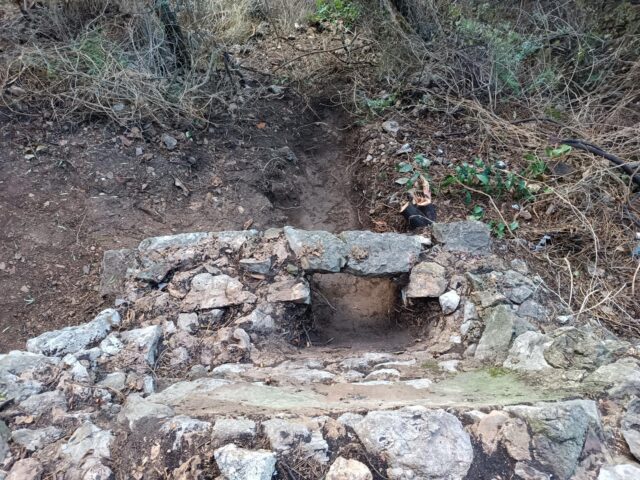
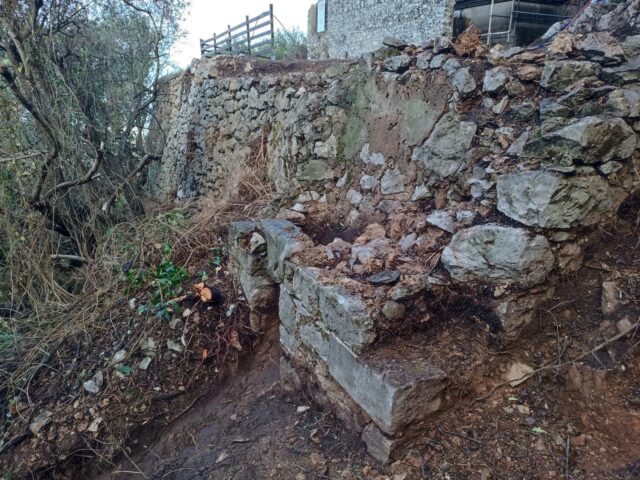
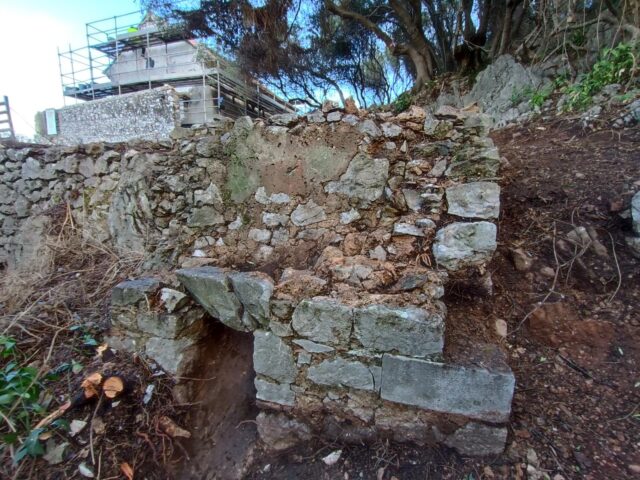
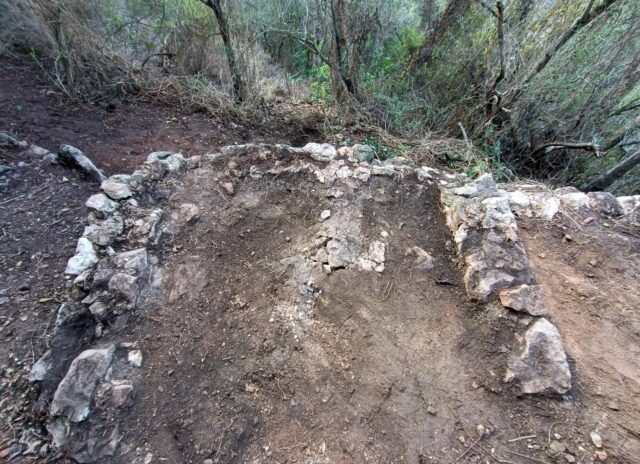

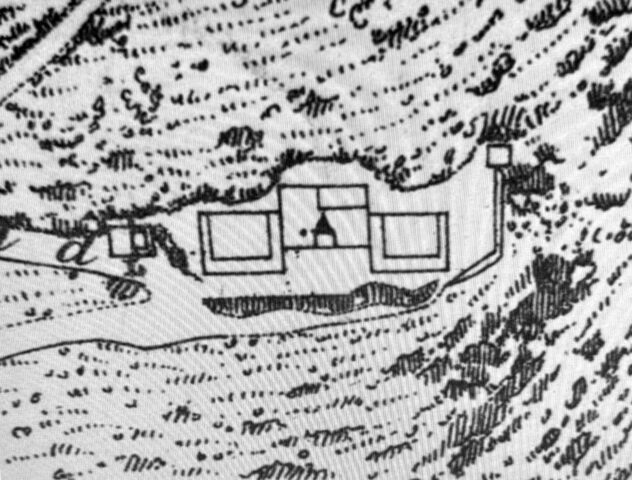
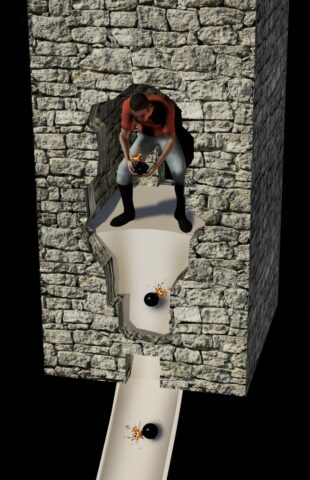
Cleaning work in the southern sector during the current conservation phase uncovered the tower’s foundations beneath accumulated debris and vegetation. Among the most significant features revealed was a machicolation, a mortar-lined shaft integrated into the base of the tower used to drop grenades or other projectiles on attackers below. This architectural element is considered unique in Gibraltar.
The presence of the machicolation redefines the historical understanding of the Old Willis’s Magazine site, positioning it not only as an ammunition storage facility but also as a defensive fortification. While the machicolation is a design commonly associated with medieval architecture, its use in this 18th-century structure reflects a period of neo-medieval defensive revival.
The Gibraltar National Museum has been informed of the discovery. Christian Wright, Local Historian and Managing Director at Wright Tech Ltd, said: “Through careful research and restoration, we are not only conserving a site, we are uncovering how Gibraltar’s defenders thought, built, and adapted across centuries. The identification of this tower and its machicolation demonstrates that our heritage still holds surprises, and that with every step, we are rewriting the story of Gibraltar’s fortifications.”
Government Archaeologist Dominic Lopez said: “The identification of this defensive tower within the City Under Siege Complex marks an extraordinary addition to Gibraltar’s military heritage.
The machicolation – a feature used to defend the cliff base by launching projectiles at attackers – highlights the ingenuity of Gibraltar’s fortifications and their evolution through time.”
Restoration expert and project curator Manuel Jaén said: “Our conservation work ensures the preservation and restoration of newly discovered elements that enrich Gibraltar’s heritage, while protecting the site’s structural stability with the utmost scientific rigour.”
“Recent additions that distort the original perception are being removed, respecting the authenticity, construction phases, and passage of time to offer visitors a clear and accurate interpretation.”
“All work follows international conservation principles, using reversible and compatible materials, distinguishing original areas from those treated, respecting historical traces, and applying conservation criteria that avoid any form of reconstruction.”
Director of the Gibraltar National Museum, Professor Clive Finlayson, said: “It is always exciting when new structures are discovered, or when the extent of those we knew existed is shown to be greater than expected. Here we have yet another addition to our rich heritage and I commend the operators of the site for their enthusiasm, which has led to this rediscovery.”
The Minister for Heritage, Dr John Cortes, said: “This is a really exciting find. The amount of work that is being done on heritage sites in Gibraltar is unprecedented, and is bound to turn up unexpected gems such as this one.”
“There are still many gaps to be filled in our knowledge of our history throughout all of Gibraltar’s successive periods, and the best way to fill these is by active research on the ground.”
Plans are being revised to incorporate the defensive tower and its machicolation into the site’s interpretation. Controlled public access is under consideration for future phases of the project, which will continue to prioritise research-led conservation focused on scientific accuracy, education and long-term preservation.









